Enrique Paillas, Pauline Zarrouk, Yan-Chuan Cai, Will Percival, Sesh Nadathur, Mathilde Pinon, Arnaud de Mattia, Florian Beuler
Constraining vΛCDM:
beyond two-point functions
Carolina Cuesta-Lazaro

IAIFI fellow - MIT/CfA
arXiv:2209.04310
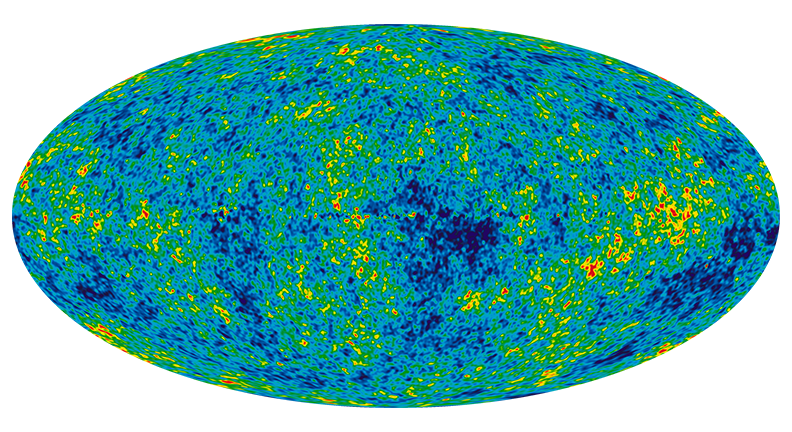

Linear


Early Universe
~linear

Gravity
Late Universe
Non-linear
Credit: S. Codis+16

Non-Guassianity
Second moment not optimal












arxiv:1911.11158












Autocorrelation


Cross-correlation with haloes

Monopole
Quadrupole
Voids
Clusters





Estimating sensitivity to cosmology: Fisher information
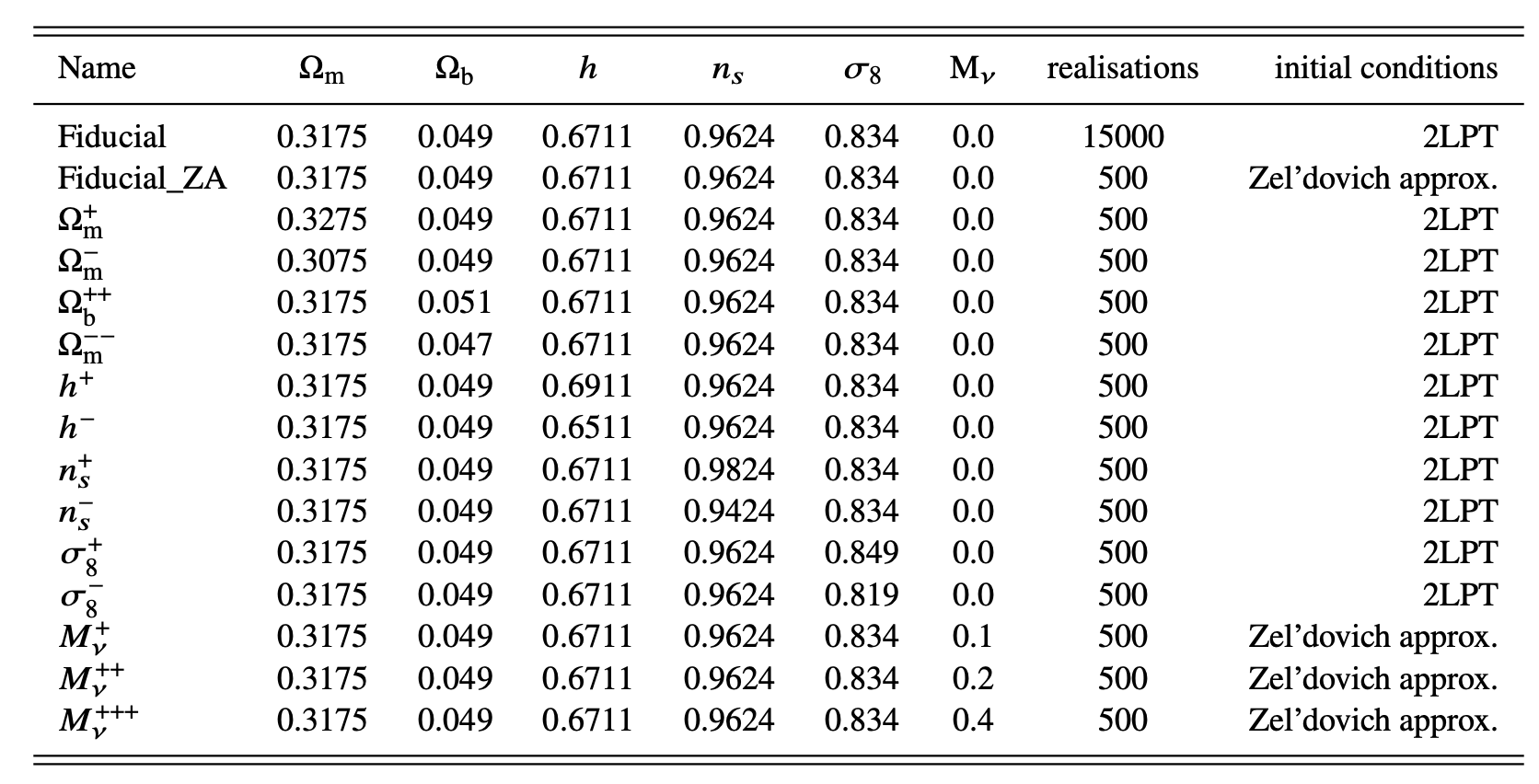
The Quijote simulations
arXiv:1909.05273
Covariance
Derivatives
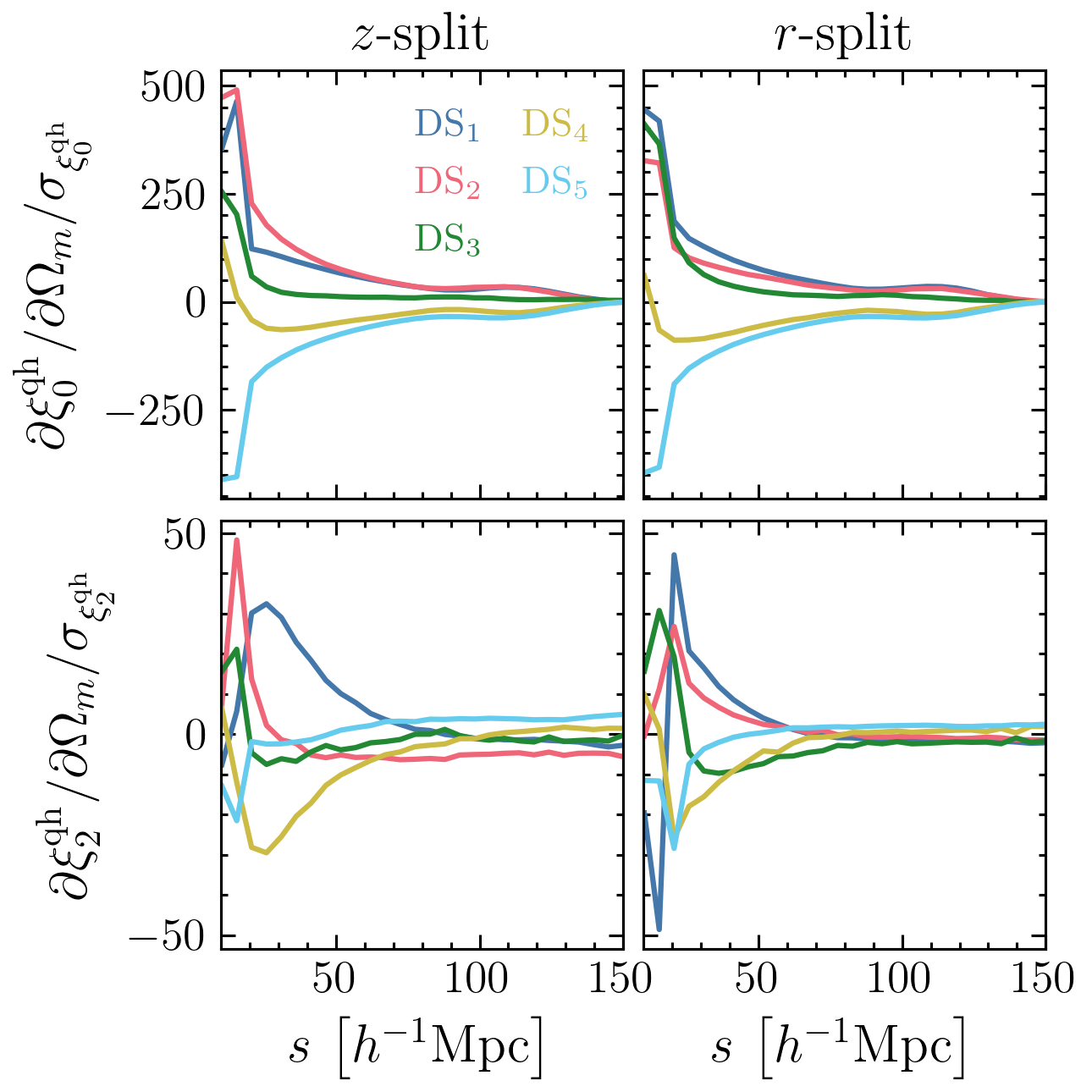
Finite differences
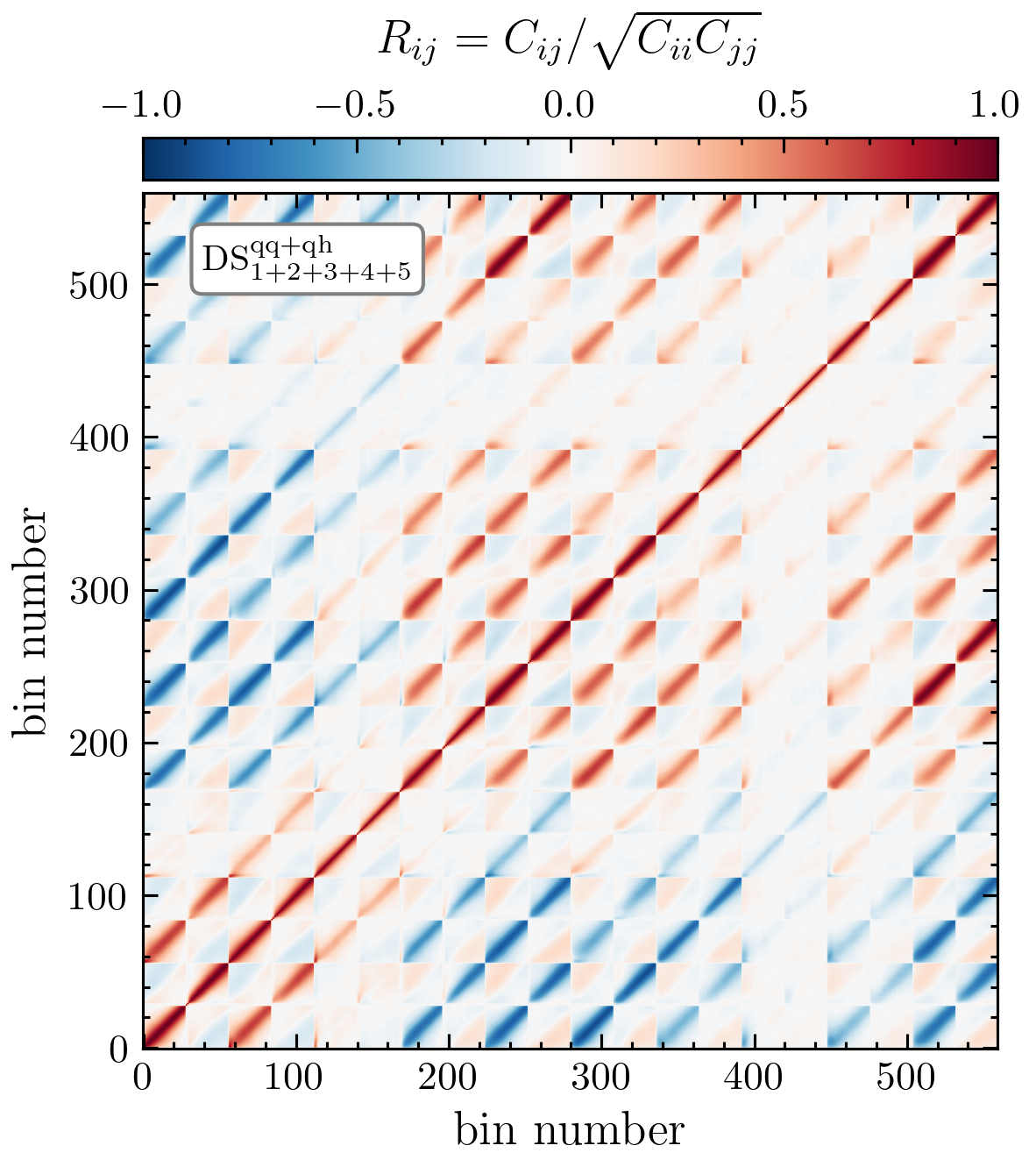





Where does the information come from?
?
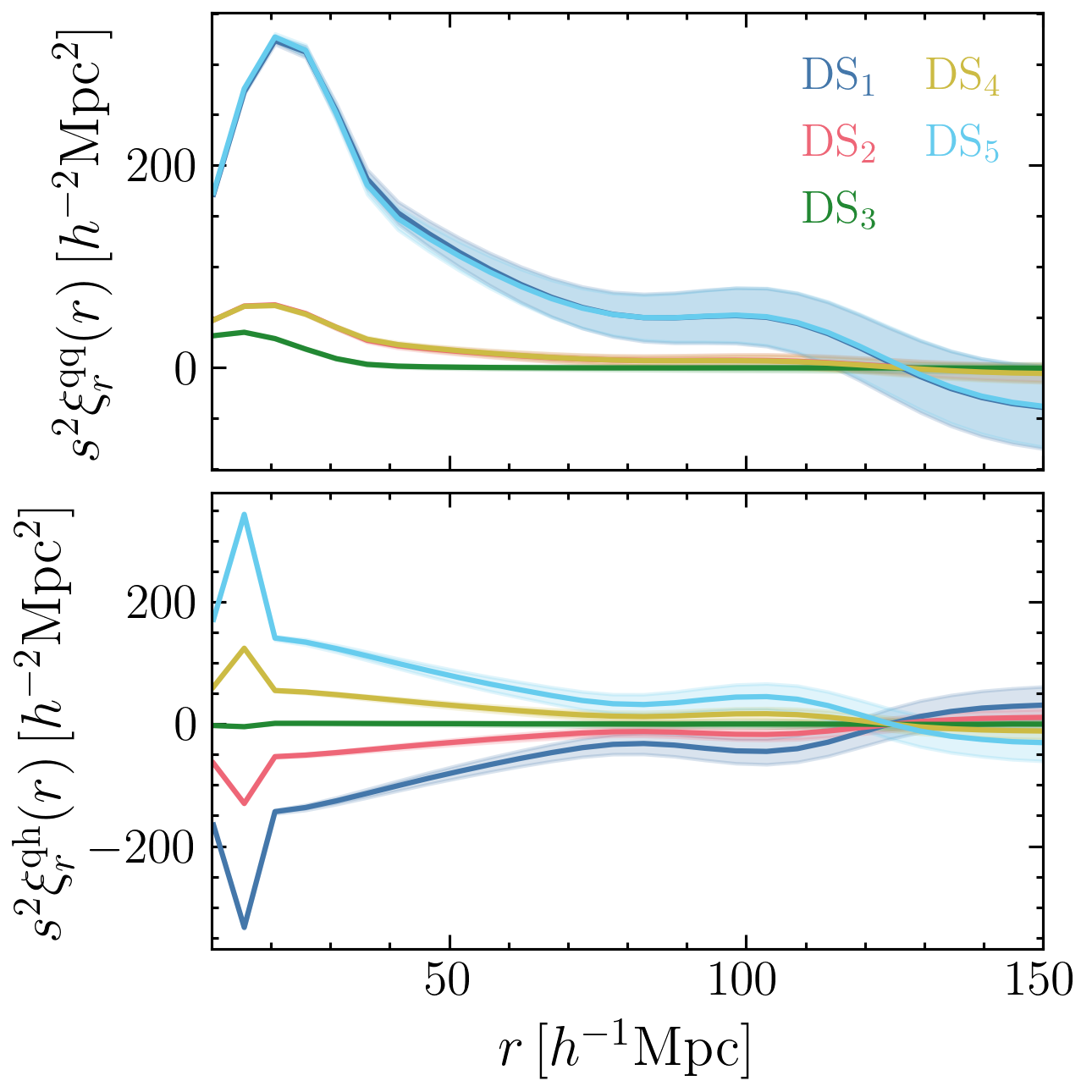
Density split in a Gaussian Random Field


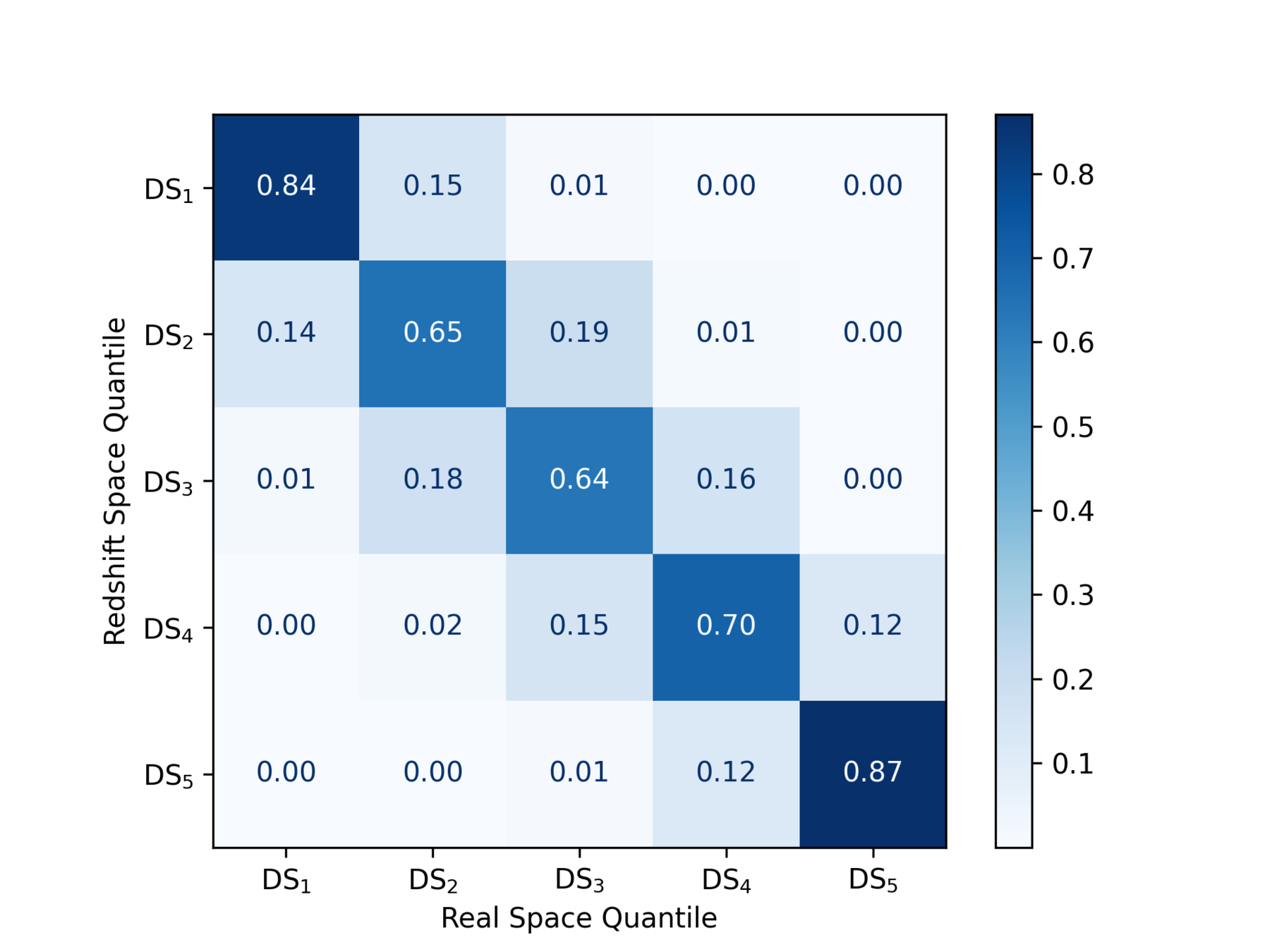
But, can we estimate densities realistically?
?














Real
Redshift
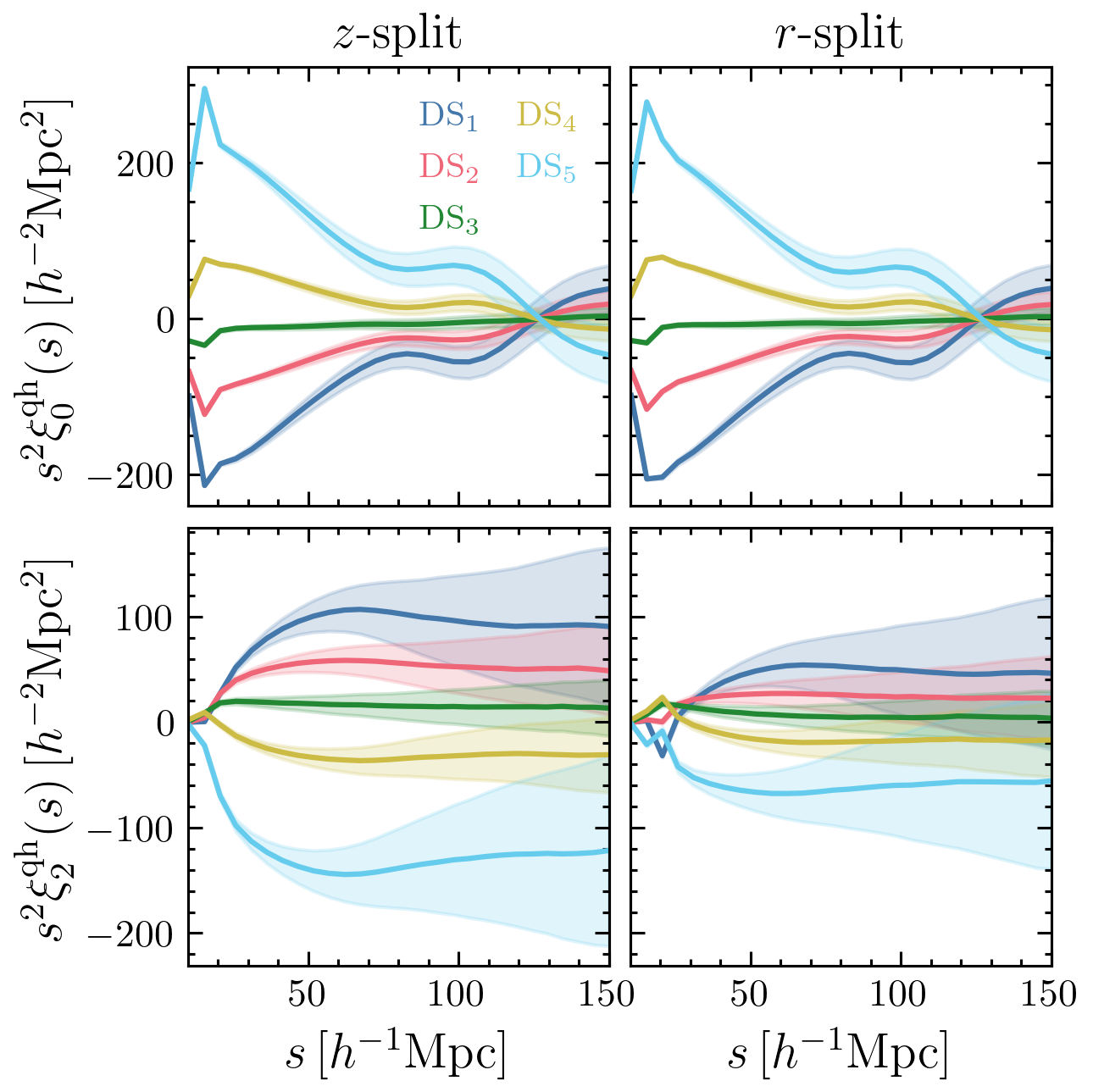
Cross-correlation between quintiles and haloes
Monopole
Quadrupole
Monopole
Quadrupole
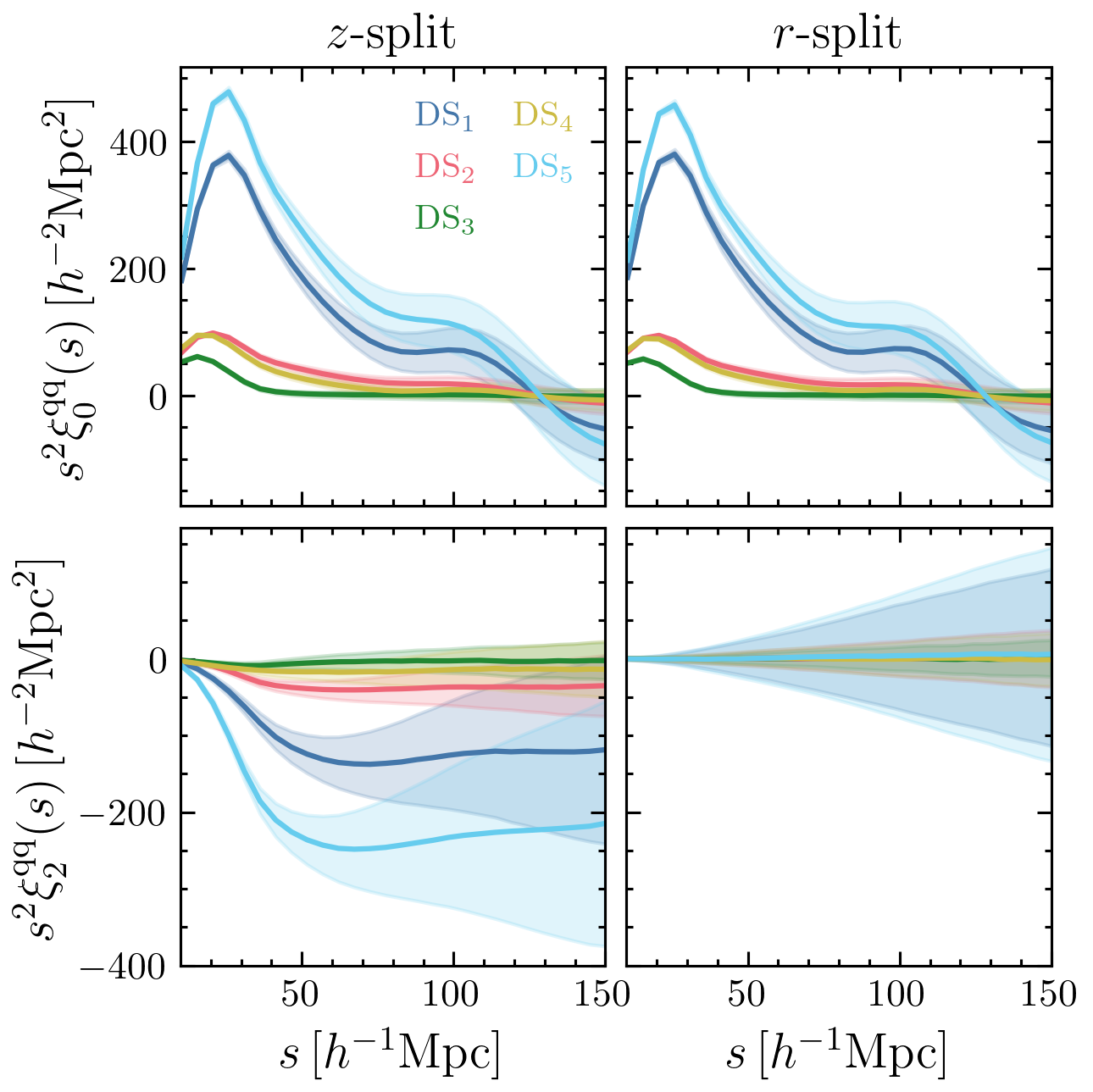
Autocorrelation of quintiles


Comparison against other works that have used the same set of tracers
Simulated Data
Data


Prior
Posterior
Inverse problem
Forwards model

+ Galaxy-Halo connection
+ Cut-sky
+ Lightcone
+ Alcock-Paczinsky
+ Fiber collisions




Forward Model
N-body simulations
Observations


Density split in a SDSS BOSS

CMASS 0.46 < z < 0.6


Galaxy-Halo connection
















Main Assumptions
- Galaxies don't impact dark matter clustering
- Number of galaxies depends on halo mass only
Extensions: Get creative!
But these extensions might limit our constraining power
a) Use hydro simulations to limit options
b) Mask the data to optimise robustness?
Velocity bias
Assembly bias
Environment
Concentration
Formation time
...

Credit: https://cs231n.github.io/convolutional-networks/
Neural Network emulator

Implicit likelihood inference with normalising flows

No assumptions on the likelihood (likelihoods rarely Gaussian!)
No expensive MCMC chains needed to estimate posterior
Input
x
Neural network
f
Representation
(Summary statistic)
r = f(x)
Output


Increased interpretability through structured inputs
Modelling cross-correlations
What ML can do for cosmology
- ML to accelerate non-linear predictions and density estimation
- Can ML extract **all** the information that there is at the field-level in the non-linear regime?
- Compare data and simulations, point us to the missing pieces?
cuestalz@mit.edu
